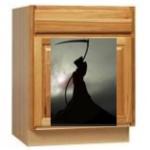A study that was just published in Environmental Science and Technology claims that PCBs (polychlorinated biphenyls) are a significant contributor to indoor air pollution because the c
PCBs
A new report in Environmental Health
Polychlorinated biphenyls (PCBs) are a class of chemicals that were commonly



